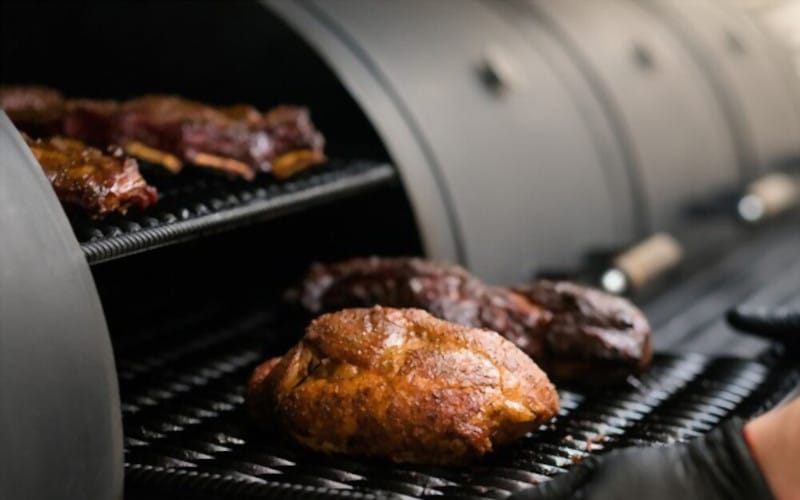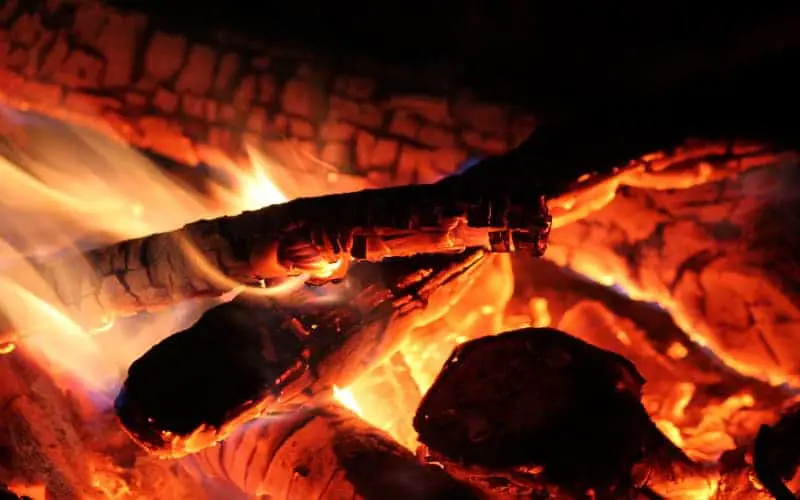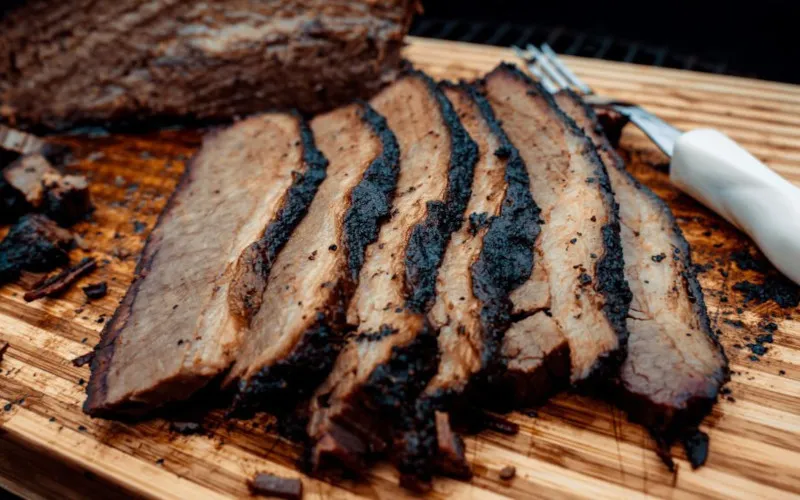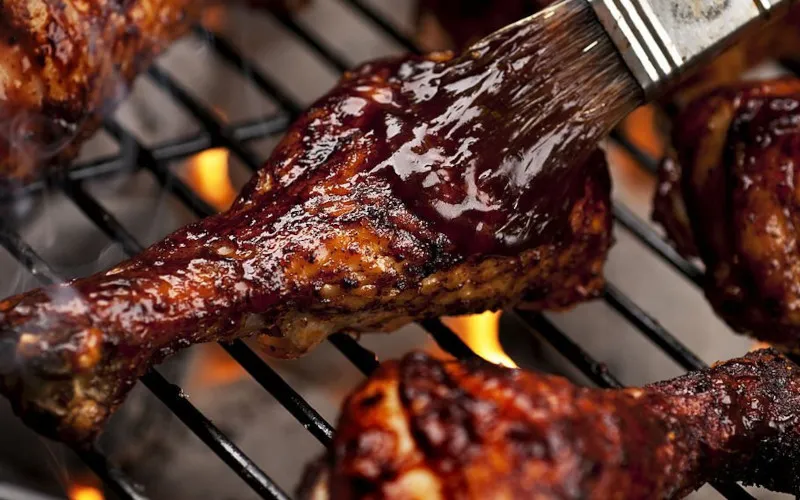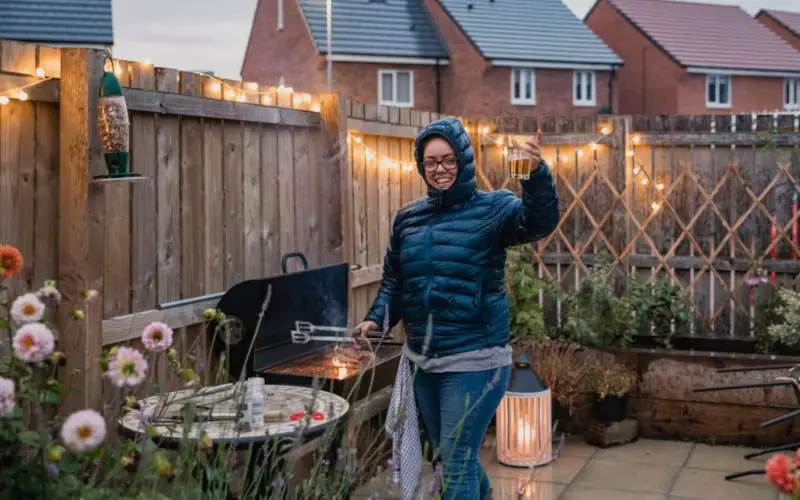When cooking brisket, the ideal temperature is 190-210 degrees Fahrenheit. This range of temperature will allow the brisket to cook evenly throughout, ensuring that it is both tender and juicy. To check the temperature of your brisket, insert a meat thermometer into the center of the meat.
If the temperature is below 190 degrees Fahrenheit, continue cooking the brisket until it reaches the ideal range. Above 210 degrees Fahrenheit, the brisket may begin to dry out, so be sure to check the temperature often.
Smoked brisket is one of the most popular barbecue dishes around, and for good reason. The combination of slow cooking and smoking creates a unique flavor that is both rich and complex. If you’ve never tried smoking brisket before, now is the time.
When to Pull Brisket off The Smoker?
You’ll know the brisket is done when it reaches an internal temp of 190-210 degrees Fahrenheit. To check the temperature, insert a digital meat thermometer into the brisket’s thicket part, away from any bones or fat.
The best way to tell if brisket is done is by using a digital meat thermometer. You should insert the thermometer into the thickest part of the brisket, away from any bones or fat. The ideal internal temperature for brisket is 190-210 degrees Fahrenheit.
When the brisket reaches the desired temperature, remove it from the smoker and wrap it in foil. Let the brisket rest for 30-60 minutes before slicing and serving.
What is The Best Internal Temp for Brisket?
When it comes to smoking meat, there is no one-size-fits-all answer. The best internal temperature for brisket depends on your personal preference.
Some people prefer their brisket to be cooked at a higher temperature for a more tender and juicy result, while others prefer a lower temperature for a more flavorful and succulent brisket.
No matter what your preference is, the most important thing is to ensure you use a reliable meat thermometer to ensure that your brisket is cooked to perfection. For a tender and juicy brisket, cook to an internal temp of 190-200 degrees Fahrenheit.
What Temperature Is Brisket Done in Oven?
Using the oven to cook brisket is the most popular method. It is because the oven can provide even heat during the cooking process. The ideal temperature of brisket done in an oven is between 190-200 degrees Fahrenheit.
The cooking time will depend on the size and thickness of the brisket. For example, a 2-pound brisket will need to cook for about 3 hours at 190 degrees Fahrenheit.
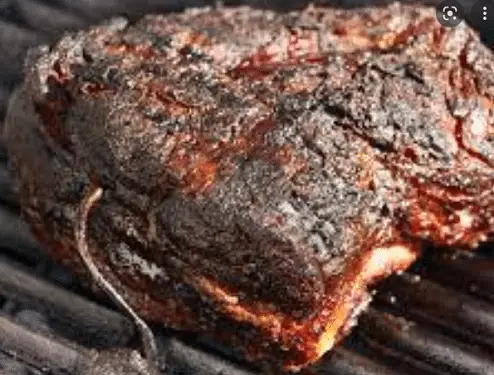
What Temperature Is Brisket Done in A Smoker?
When smoking brisket, it is important to maintain a consistent temperature in your smoker. This can be challenging, as many smokers fluctuate in temperature, especially when first starting up.
To help ensure a consistent temperature, use a smoker thermometer to monitor the temperature inside your smoker. Adjust the vents as needed to maintain the ideal smoking temperature of 225-250 degrees Fahrenheit.
How Long to Let Brisket Rest in Cooler?
Brisket is a tough cut of meat, so it benefits from long, slow cooking. This gives the collagen time to break down and makes the meat more tender.
Most recipes call for cooking brisket at a low temperature, such as 225 degrees Fahrenheit, for several hours. Then, the brisket is wrapped in foil and placed in a cooler for several hours to rest.
The resting time is important because it allows the juices to redistribute throughout the meat. If you cut into the brisket too soon, all of the juices will run out and the meat will be dry.
At What Temp Does a Brisket Stop Taking Smoke?
You need to cook brisket low and slow to give it time to break down the tough connective tissues. This can take several hours, depending on the size of the brisket. The ideal temperature to cook brisket is between 190-210 degrees Fahrenheit (88-99 degrees Celsius).
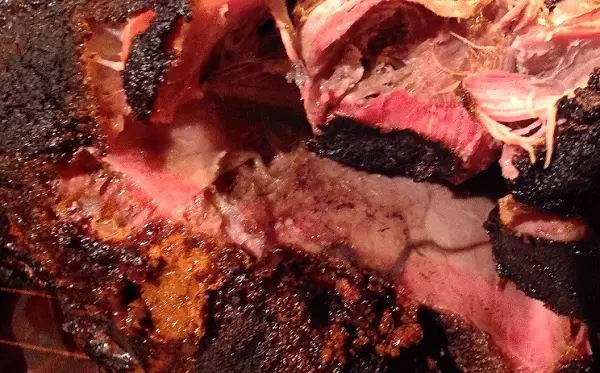
Once the brisket reaches an internal temp of 160 degrees F (71 degrees C), it will start to become tender. However, it’s still not quite ready to eat yet. The key is to let the brisket cook until it reaches the temperature of 195-205 degrees Fahrenheit (91-96 degrees Celsius).
At this point, the brisket will be fall-apart tender and full of flavor. Keep in mind that the internal temperature of the meat will continue to rise even after you take it off the heat. So, it’s important to remove the brisket from the grill or smoker when it’s still slightly undercooked.
Brisket Internal Temp 210
The internal temperature of your brisket is one of the most important things to consider when cooking. A properly cooked brisket should have an internal temp of 210 degrees Fahrenheit. This temperature will ensure that the brisket is cooked all the way through and is juicy and tender.
Use a meat thermometer to check the internal temperature of your brisket before removing it from the heat.
Once your brisket has reached an internal temp of 210 degrees Fahrenheit, it is done and can be removed from the heat. Allow the brisket to rest for minutes before slicing and serving.
Brisket Internal Temp 205
As a rule of thumb, a brisket is done when it reaches an internal temperature close to 205 degrees Fahrenheit. However, keep in mind that every cut of meat is different, and therefore, cooking times may vary slightly.
For the best results, use a meat thermometer to check the internal temperature of the brisket before removing it from the grill or smoker.
When cooking a brisket, it’s important to remember that patience is key. This cut of meat can take several hours to cook, so be sure to plan ahead. And, most importantly, don’t forget to rest the meat after cooking. This will allow the juices to redistribute, resulting in a juicier and more flavorful final product.
Brisket Internal Temp to Wrap
Wrapping your brisket is an important step to achieving perfectly cooked meat. Because of its large size, a whole brisket can take a very long time to cook through. Wrapping helps to speed up the process and ensures that the meat is evenly cooked.
The internal temperature of your brisket is the most important factor in determining when to wrap it. As a general rule, you should wrap your brisket when it reaches an internal temp of 165 degrees Fahrenheit. This will ensure that the meat is cooked through but still juicy and moist.
If you wrap your brisket too early, the meat will continue to cook and may become dry. If you wrap it too late, the meat will not be cooked through and may be unsafe to eat.
Once you’ve wrapped your brisket, continue cooking it until it reaches the temperature of 190 degrees Fahrenheit. This is the point at which most briskets are considered to be fully cooked.
At this temperature, the meat will be very tender and easy to pull apart with your fingers. It will also have a deep, rich flavor that is typical of well-cooked brisket.
If you want to slice your brisket, it’s best to do so when it’s still warm. Slice the meat against the grain into thin strips.
Related: Why, How, and When to Wrap Brisket
What Happens If You Wrap Brisket Too Early?
If you wrap your brisket too early, you risk overcooking it. The wrapping process traps all the heat and moisture, essentially steaming the meat. So, if you wrap your brisket before it’s fully cooked, it will continue to cook inside the wrapping and could become overcooked.
It’s important to wrap your brisket at the right time, which is usually when it’s about two-thirds of the way done. This will ensure that it finishes cooking without becoming overcooked.
If you’re not sure when to wrap your brisket, you can always use a meat thermometer to check its internal temperature. Wrap the brisket when it’s around 165-170 degrees Fahrenheit for best results.
In general, you should cook your brisket until it’s tender and juicy. This can vary depending on your personal preferences, but a good rule of thumb is to cook it until it’s around 190-200 degrees Fahrenheit.
When brisket is cooked to this temperature, it will be very tender and easy to pull apart with a fork. If you prefer your brisket to be a bit firmer, you can cook it at a lower temperature. Just keep in mind that it won’t be as tender and juicy if you do this.
Wrapping your brisket is an important step in the cooking process, so be sure to do it at the right time. Otherwise, you risk overcooking your meat and ruining all your hard work.
How To Choose a Good Brisket for Smoking?
There are different ways you need to keep in mind when choosing a brisket for smoking. The following are some of the best:
1. Choose a Heavy Brisket
You need to choose a brisket that has good marbling. The marbling is the layer of fat that runs through the meat. It helps to keep the meat moist and flavorful.
2. Choose a Brisket with a Thick Fat Cap
The fat cap is the layer of fat that covers the brisket. It helps to keep the meat moist and flavorful. This will ensure that your brisket does not dry out during the smoking process.
Whichever cut you choose, make sure that the brisket has a good layer of fat. This will help to keep the meat moist and flavorful during the smoking process.
3. Choose a Brisket with Good Color
Choose a brisket that has a good color. The color should be deep red or pink. Avoid briskets that have a grey or brown color. The main reason why you should choose a good color is that it indicates that the meat is fresh.
4. Choose a Brisket with a Good Balance of Flavor
The flavor is second only to tenderness when it comes to a great brisket. A well-marbled brisket will have a richer flavor, while a leaner brisket will be milder. Choose a brisket with a good balance of fat and lean for the best flavor.
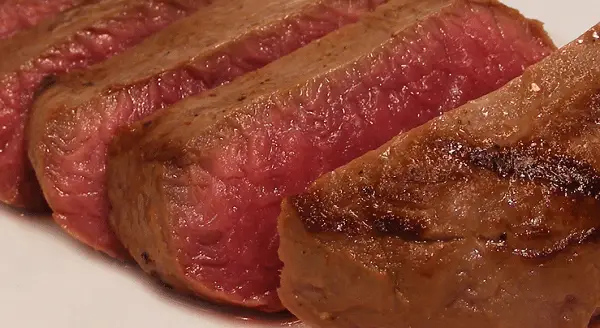
5. Choose a Brisket from the Right Cut
The right cut of brisket is key to a great final product. For the best results, you’ll want to choose a flat-cut or first-cut brisket. These cuts come from the lower part of the cow’s breast and contain less fat than the point-cut or second-cut brisket.
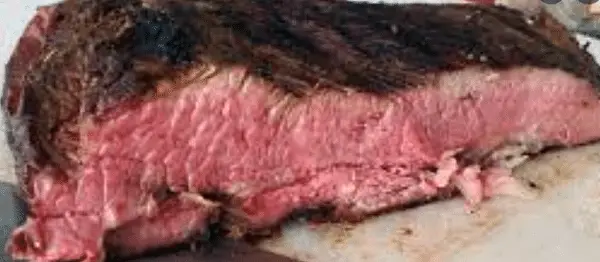
Flat-cut briskets are typically large, thick cuts of meat that can be difficult to cook evenly. For this reason, many pitmasters prefer to use the point-cut brisket, which is smaller and thinner.
6. Choose a Brisket from a reputable Butcher or Grocery Store
You should always choose a brisket from a reputable butcher or grocery store in order to get the best quality meat. The brisket should be well-marbled and have a consistent thickness throughout.
The Procedure for Preparing Your Brisket
1. Trim the Fat
Before cooking the brisket, you will need to trim off any excess fat. Trimming the fat will help to ensure that your brisket is not too greasy.
2. Season the Brisket
Once you have trimmed the fat, you will need to season the brisket. To do this, you will need to rub a generous amount of salt and pepper onto the brisket.
3. Preheat the Oven
Before cooking the brisket, you will need to preheat your oven. You should preheat the oven to a temperature of 300 degrees Fahrenheit.
4. Cook the Brisket
Once the oven is preheated, you will need to cook the brisket. To do this, you will need to place the brisket in a roasting pan and cook it for approximately 3 hours.
5. Rest the Brisket
After cooking the brisket, you will need to let it rest. To do this, you will need to remove the brisket from the oven and allow it to sit for at least 30 minutes.
Frequently Asked Questions
What Happens If You Wrap Brisket Too Late?
If you wrap your brisket too late, the meat will continue to cook and can become overcooked. This can make the meat dry, tough, and difficult to eat. Additionally, wrapping the meat too late can cause it to lose flavor and juices.
How Long Does It Take to Smoke a Brisket?
It takes approximately 1-2 hours per pound to smoke a brisket. However, this time can vary depending on the size and type of brisket, as well as the smoker’s temperature.
What Temperature Should I Smoke My Brisket?
The ideal temperature for smoking brisket is between 225-250 degrees Fahrenheit. You should be more concerned with maintaining a consistent temperature rather than hitting a specific number.
What Happens If I Smoke My Brisket Too Long?
Smoking your brisket for too long can cause the meat to become dry, tough, and difficult to eat. Additionally, it can cause the meat to lose flavor and juices.
What Happens If I Smoke My Brisket Too Short?
If you don’t smoke your brisket long enough, it will be tough and dry. The fat will not have had enough time to render out, making the meat chewy. The muscle fibers will also not be broken down enough, making it difficult to chew.
How Long to Smoke Brisket?
Ideally, you want to cook your brisket until it reaches 203°F. But, as with most meats, there is a range of acceptable temperatures that will still result in a juicy, flavorful brisket. For example, some people prefer to pull their brisket at 195°F, while others may go as high as 210°F.
The best way to know when your brisket is done is to ensure you use a digital meat thermometer. Insert the thermometer into the thickest part of the brisket, making sure not to touch any bone, and check the temperature.
Once your brisket has reached the desired temperature, remove it from the smoker and let it rest for at least 30 minutes before slicing and serving. This resting period allows the juices to redistribute throughout the meat, resulting in a juicier, more flavorful brisket.
What Happens If I Smoke My Brisket at a Lower Temperature?
If you smoke your brisket at a lower temperature, it will take longer to reach the desired internal temperature. However, this does not mean that it will be overcooked. In fact, many people prefer to cook their brisket at a lower temperature for a longer period of time to allow the flavors to really develop.
If you are smoking your brisket at a lower temperature, you will need to factor in the additional cooking time when planning your meal. Additionally, you may need to add more charcoal to your smoker to maintain the lower temperature.
Conclusion
Your brisket is done when it reaches an internal temp of 195°F to 200°F. Use a digital meat thermometer for the most accurate reading. At this temperature, the brisket will be tender and juicy. If you like your brisket on the well-done side, you can cook it to a temperature of 210°F.
But be warned, cooking it any further will result in dry, tough meat.
